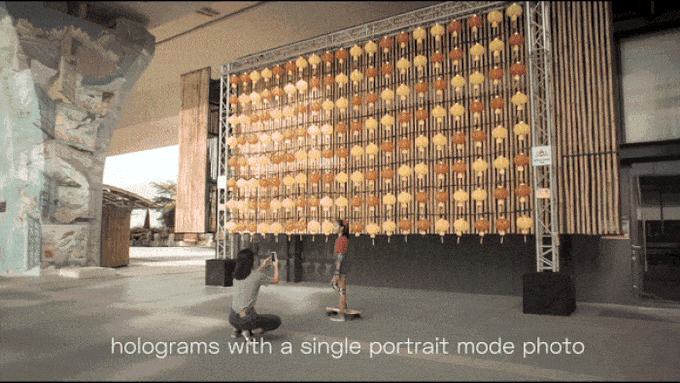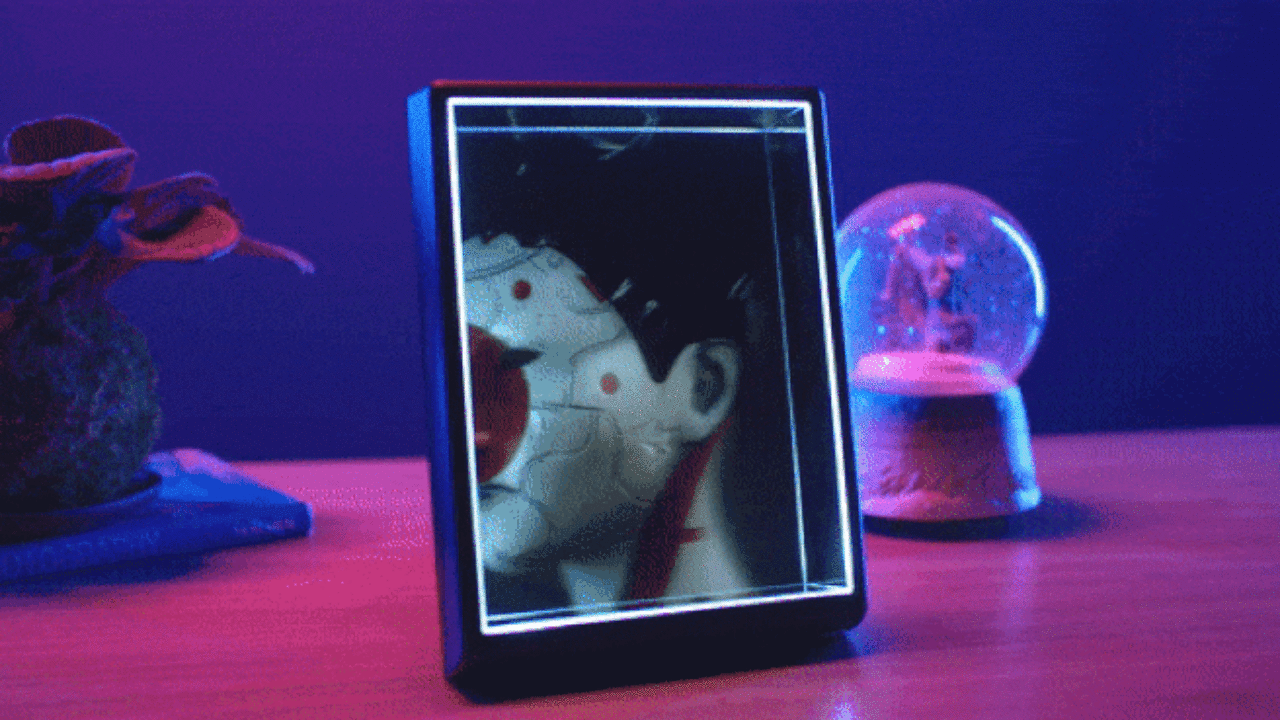
The Looking Glass Portrait displays holographic photos, videos and 3D models in a 58 degree viewing cone, which basically amounts to the experience of a 3D video or hologram, but viewable by multiple people without the need for special glasses.

Looking Glass Portrait is designed for the millions of people that work or play in 3D in any way: Artists, Designers, Developers, Filmmakers, Photographers, and those of you who are just starting to explore three-dimensional capture and creation. Even phones can now capture holograms. The easiest way to make a hologram is to take a Portrait mode photo with your phone.

Believe it or not, those Portrait mode photos you've been taking have depth information hidden behind them. This is normally used to generate bokeh effect, and now the software that comes with every Looking Glass Portrait can use that same depth info to generate a three-dimensional hologram with a single click.

If you're looking to push the limits of holographic capture even further, Looking Glass Portrait can also display light field photos. This is a fancy term for a series of images taken from different perspectives. You can now capture these advanced three-dimensional photographs with conventional panning shot techniques using the camera you already own and display them in Looking Glass Portrait.
Photogrammetry-based 3D scans and the newest LiDAR scanning with the iPhone 12 Pro and iPad Pro can be played back in the Looking Glass Portrait with ease. The advantage of these techniques is both aesthetic and practical — this is the easiest way to take and display 360° captures of people, places, and objects.
According to Kickstarter













